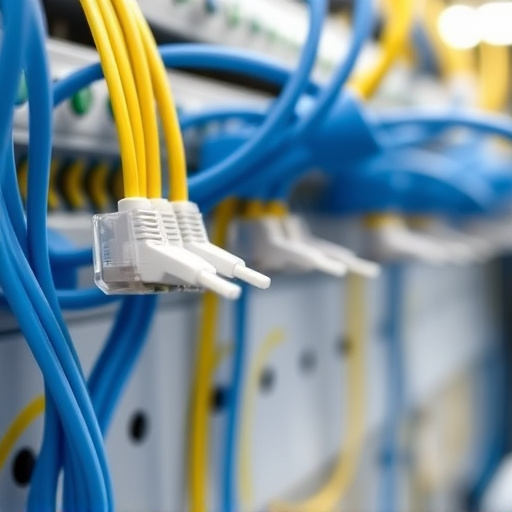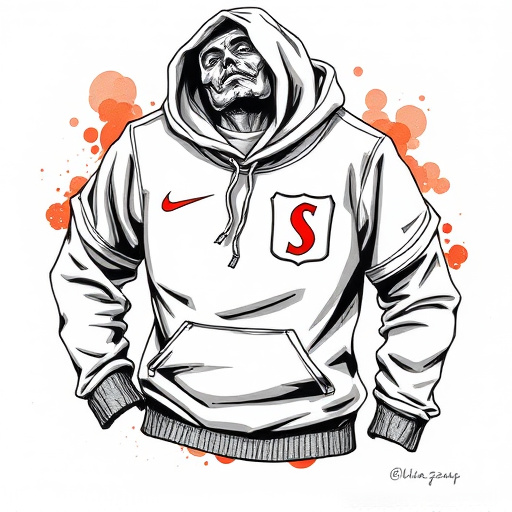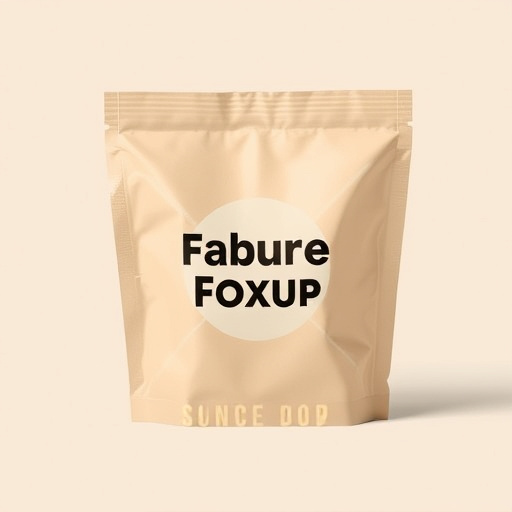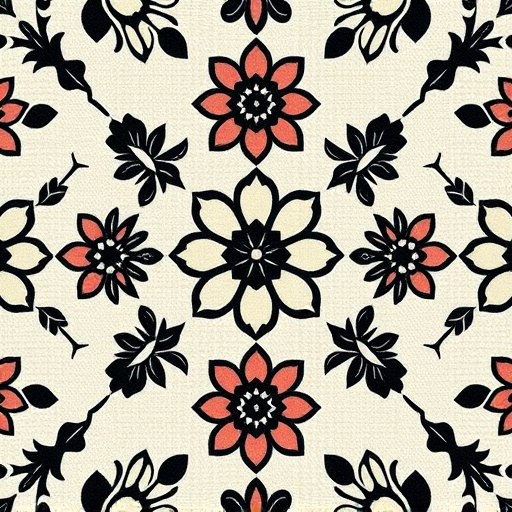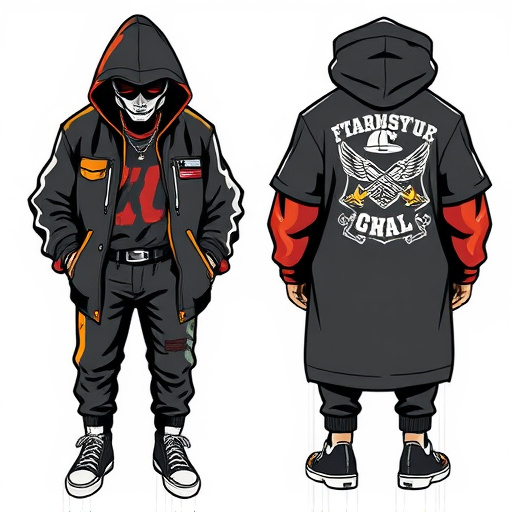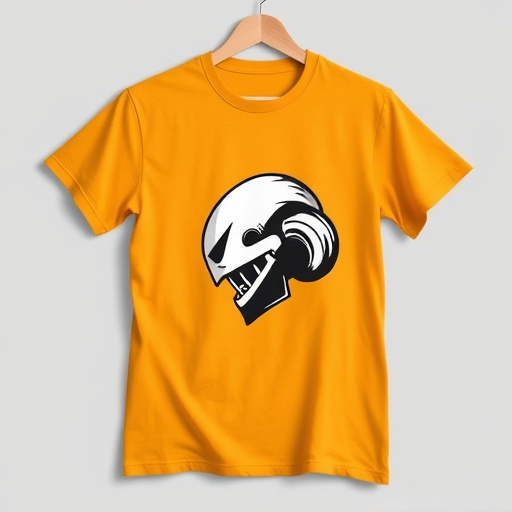DTF (Direct to Fabric) transfer technology is revolutionizing the clothing industry by enabling precise, high-quality printing on various fabrics using custom heat press sheets. This method boosts productivity and design flexibility, allowing businesses to create unique garments that cater to modern consumer preferences. In today's digital era, DTF transfers are transforming apparel production, offering fast, accurate conversion of digital images into tangible artwork on t-shirts and fabrics. Future trends include increased eco-friendliness, improved heat press technology, and democratized access for small businesses, promising a sustainable and diverse printing industry.
“The dynamic landscape of industry is being reshaped by an innovative technology: Direct-to-Fabric (DTF) transfer. This article delves into the transformative power of DTF transfer benefits, exploring how they are unlocking new possibilities for manufacturers and designers alike. From revolutionizing traditional printing processes to enabling faster production times and enhanced quality, DTF transfers are paving the way for a more efficient and creative future. We’ll dissect the industry impact, analyze current trends, and offer predictions on the evolution of this game-changing technology.”
- Understanding DTF Transfer Benefits: Unlocking New Possibilities
- Industry Impact: Revolutionizing Traditional Processes
- The Future of DTF Transfers: Trends and Predictions
Understanding DTF Transfer Benefits: Unlocking New Possibilities
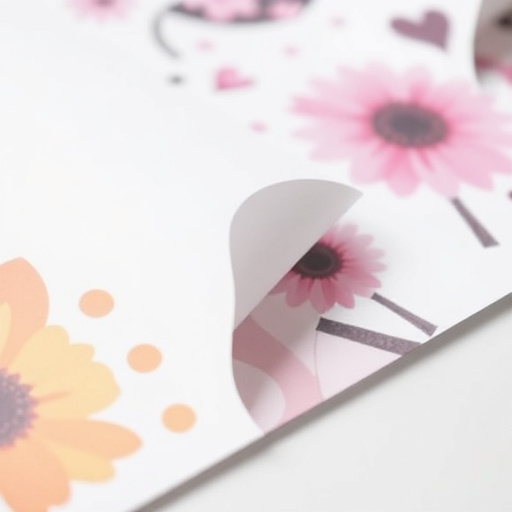
Understanding DTF Transfer Benefits: Unlocking New Possibilities
DTF (Direct to Fabric) transfer benefits are transforming the industry by offering efficient and versatile solutions for clothing brands and designers. This innovative technology enables the creation of custom sheets that serve as templates for heat pressing designs onto garments with precision and speed. With logos DFT for clothing brands, custom sheets for heat pressing designs have become a game-changer, revolutionizing the way businesses approach product customization.
The benefits extend beyond enhanced productivity; they also include superior print quality and a broader range of design possibilities. By utilizing DTF transfer sheets, designers can now explore intricate patterns, vibrant colors, and diverse fabric types without sacrificing precision or impact. This technology empowers clothing brands to stay ahead in today’s competitive market by delivering unique, high-quality products that cater to evolving consumer demands.
Industry Impact: Revolutionizing Traditional Processes
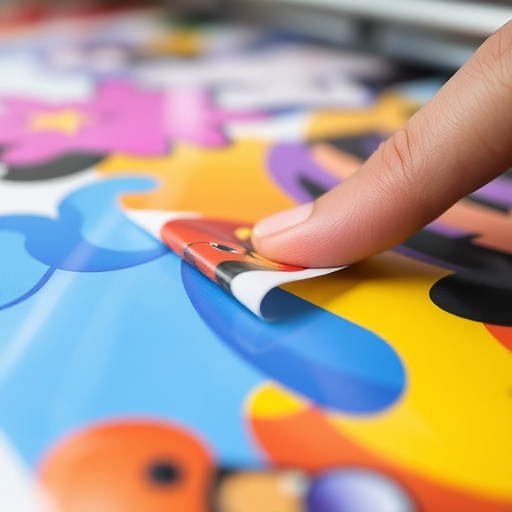
In today’s digital era, DTF Transfer Benefits are revolutionizing traditional processes within the industry. This innovative technology, short for Direct to Fabric Transfer, is transforming the way we produce customized apparel. Unlike conventional methods, DTF offers a faster, more efficient solution for creating unique designs on t-shirts and other fabrics. With just a few clicks, digital images can be swiftly converted into tangible artwork, enabling bulk DTG shirt production with remarkable precision and speed.
The impact of this process extends far beyond individual orders. Businesses are now equipped to cater to diverse customer preferences by offering personalized, high-quality products at competitive prices. This shift towards dtf for t-shirts has opened up new possibilities, particularly in the realm of custom clothing, where brands can swiftly adapt to trends and cater to niche markets. As a result, bulk DFT shirt production has become a game-changer, fostering growth and innovation within the apparel sector.
The Future of DTF Transfers: Trends and Predictions
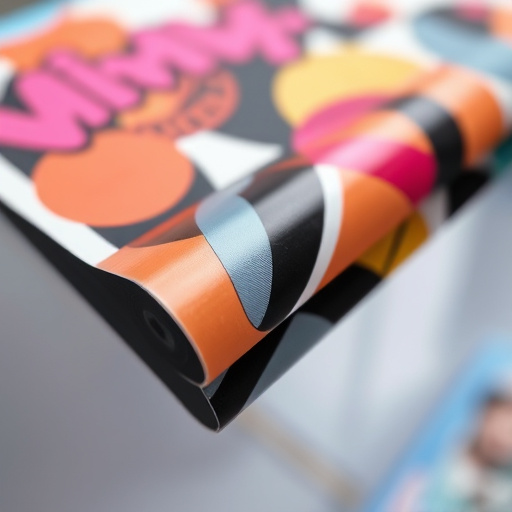
The future of DTF (Direct to Fabric) transfers holds immense potential as the industry continues to evolve. This technology has already disrupted traditional printing methods, offering numerous advantages such as vibrant colors, fast production times, and cost-effectiveness. Moving forward, we can expect several trends to shape the landscape of DTF transfers. One notable trend is the increasing demand for eco-friendly materials and processes. As consumers become more environmentally conscious, manufacturers will focus on sustainable DTF inks and fabrics, reducing waste and carbon footprints.
Additionally, advancements in heat press technology will play a pivotal role in enhancing production efficiency. Innovations like heated platens with advanced temperature control and automated presses will streamline the printing process, making it even faster and more precise. Furthermore, the integration of digital design tools and online platforms will democratize DTF transfer benefits, enabling small businesses and entrepreneurs to participate in bulk DTF shirt production without significant investment. These trends collectively point towards a future where DTF transfers revolutionize the industry, catering to diverse consumer preferences while maintaining high environmental standards.
DTF Transfer Benefits are transforming industries by offering efficient, flexible solutions for data movement. From revolutionizing traditional processes to enabling innovative applications, these benefits are a driving force behind digital transformation. As technology continues to evolve, the future of DTF transfers looks bright, with trends pointing towards enhanced speed, security, and integration. By embracing these changes, businesses can unlock new possibilities and stay ahead in their respective fields.




